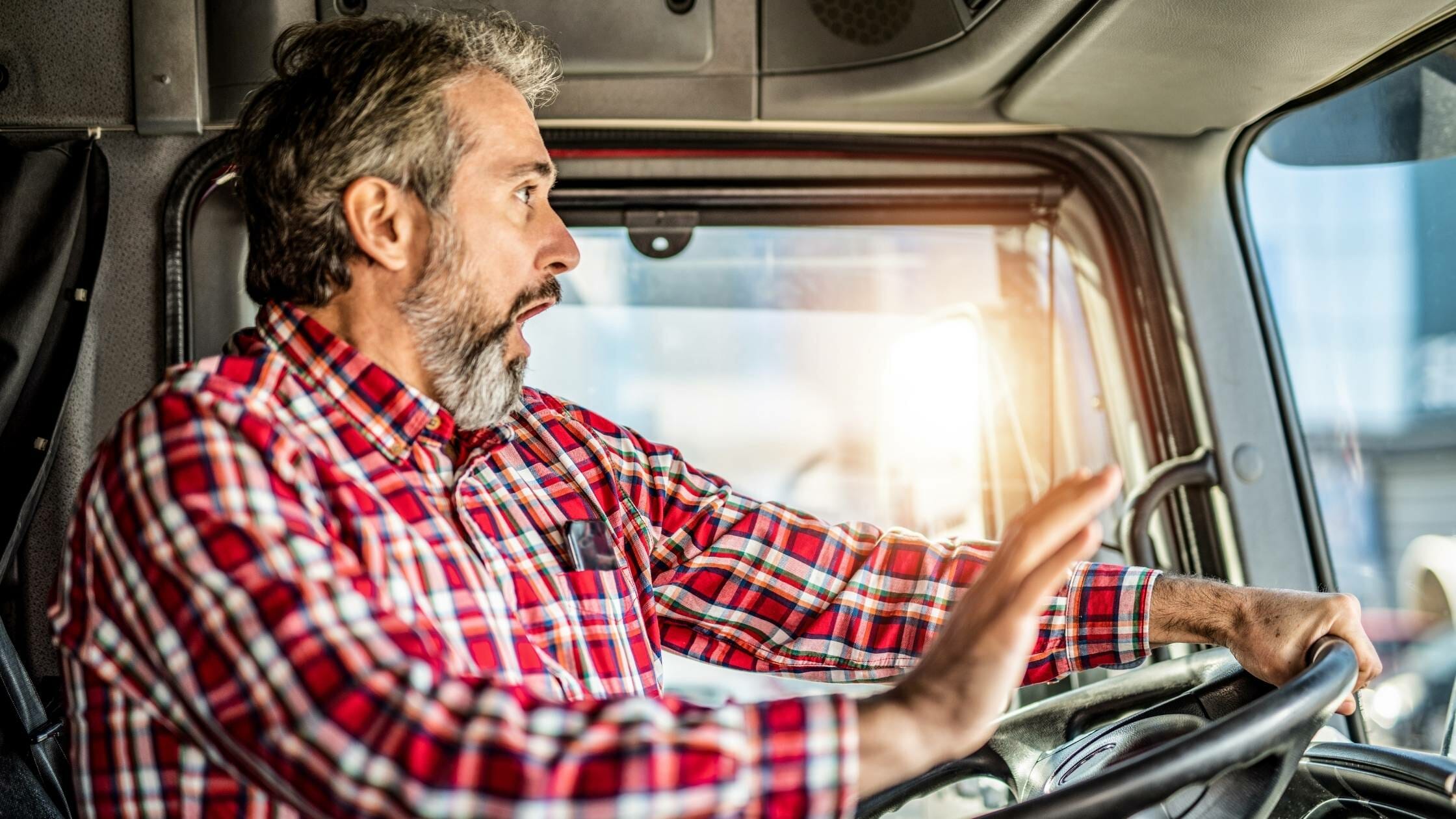No truck driver ever wants to be in an accident. That’s why we do everything we can to equip our company drivers -and all truck drivers, for that matter- with the knowledge and resources that they need to be as safe as possible. Accordingly, the primary goal is always to prevent accidents from happening in the first place.
That being said, a prudent CDL driver will be mentally prepared for what to do in case of an emergency. No two accidents are exactly alike, and there are always multiple factors to consider. However, there are several important things you should do (as well as some things you shouldn’t do) in any accident scenario. Let’s break it down.

Note that your particular situation may call for implementing these emergency procedures in a different order. This article is not a definitive checklist of procedures. When in doubt, reference your company-issued accident packet.
Do: Stop Immediately
As soon as you realize that you have been involved in a collision of any kind, stop your vehicle immediately. Set your brakes, shut off your motor, and turn on your emergency flashers. Take a deep breath and confirm that you aren’t injured. Once you’ve determined that you are fit to proceed, begin investigating the situation and thinking through your emergency procedures.
Don’t: Start Panicking
The outcome of the accident may rely on your ability to respond calmly and objectively. Once you have determined that you are free of injury, try to detach yourself emotionally from the situation.
Do: Notify Authorities & Your Supervisor
If someone else hasn’t already done so, call the authorities and/or first responders and notify them of your location. Then, call your supervisor and inform them of the accident.
Don’t: Attempt to Move an Injured Person
Do your best to assist any injured individuals. However, you should avoid moving someone who’s injured if there’s any chance that doing so could cause further injury. Instead, help them stay calm until responders arrive. But, if an injured individual is in immediate danger of additional harm (i.e. their vehicle is on fire or being submerged under water), you should do your best to remove them from that situation.
Do: Place Warning Devices / Reflective Triangles
As soon as you are able to, place out reflective warning devices. This will help to protect those at the scene of the accident and prevent further damage.
Don’t: Admit Fault or Speak to Non-Official Personnel
Even if it seems that you caused the accident, it’s possible that you aren’t aware of all the factors. Don’t admit fault to anyone at the scene, and don’t make any statement with anyone other than the police. This could be used against you.
Do: Take Lots of Pictures
Photo documentation can go a long way in protecting truck drivers in the event of a crash. You never know which details of the accident will become the most important, so take as many pictures as you can from a variety of angles. If you don’t have a smart phone with a camera, speak with your supervisor about getting a disposable camera for this purpose.
Conclusion
It’s no fun discussing or even thinking about trucking accidents. But, it’s one of the realities that comes with the job. Fortunately, you can mitigate your chances of being in a crash by training yourself mentally and physically to put safety first.
One of our goals at Easley Transportation is to provide resources and materials to truck drivers to equip them for a safe and successful career. Be sure to check out our truck driver blog for the latest truck driving tips!
